
EDUCATION | RESEARCH | SERVICE
STRATEGIC PLAN 2025-2030


STRATEGIC PLAN 2025-2030



At Lander University, we are proud of our long-standing tradition of academic excellence, our close-knit campus community and our unwavering commitment to student success. As we look toward the future, our five-year Strategic Plan is our road map to Level Up, advancing growth, innovation and impact across South Carolina and beyond.


Each pillar of this plan highlights a key opportunity to move Lander to the next level: enhancing academic quality, supporting student outcomes, fostering a culture of excellence, telling the Lander story more boldly, building a national model for the prevention of sexual violence on college campuses, and leveraging data to drive smarter decisions. These six pillars, shaped by thoughtful evaluation and collaboration with stakeholders across the University, form the foundation for a bold, future-focused institution that honors its mission while evolving to meet the demands of a rapidly changing world.
Whether we’re equipping students to thrive in today’s workforce, launching a groundbreaking institute or amplifying Lander’s reputation throughout the region, this plan empowers us to Level Up in every area of our mission. I invite our faculty, staff, students, alumni and partners to embrace this vision with energy and purpose as we write the next chapter in Lander’s story — one fueled by momentum, defined by progress and driven by lasting impact.

Richard Cosentino President, Lander University
Lander University offers high-demand and market-driven programs to ambitious and talented students in South Carolina and beyond. These programs are delivered in a rich liberal arts environment to produce highly qualified and marketable graduates.
All Lander University graduates are broadly educated, well-informed, equipped for responsible participation in the civic lives of their communities, and prepared to continue their education or launch their careers.
Lander
commitment to academic excellence means fostering an environment where faculty can ignite curiosity, drive innovation and contribute to the greater good. This ensures students are not only well-educated but also prepared to make an impact beyond the classroom.
STRATEGY 1.1 Expand experiential learning, active learning and career skills with a focus on workforce development outcomes.
STRATEGY 1.2 Clarify institutional expectations and support for faculty professional development activities, as distinct from scholarship, that inform faculty alignment of instruction with the needs of current students and with emerging technologies.
STRATEGY 1.3 Increase the quality and frequency of scholarship and research by tenured and tenure-track faculty.
STRATEGY 1.4 Document the participation of Lander University faculty in activities that provide service to the community.
STRATEGY 1.5 Maintain administrative and organizational structures in Academic Affairs that promote excellence and sustainability of academic programs.
STRATEGY 1.6 With institutional and advancement support, ensure state of the art facilities to support excellence in instruction and academic support.
STRATEGY 1.7 Provide faculty support for scholarships and research through endowed chairs, professorships, and fellowships.


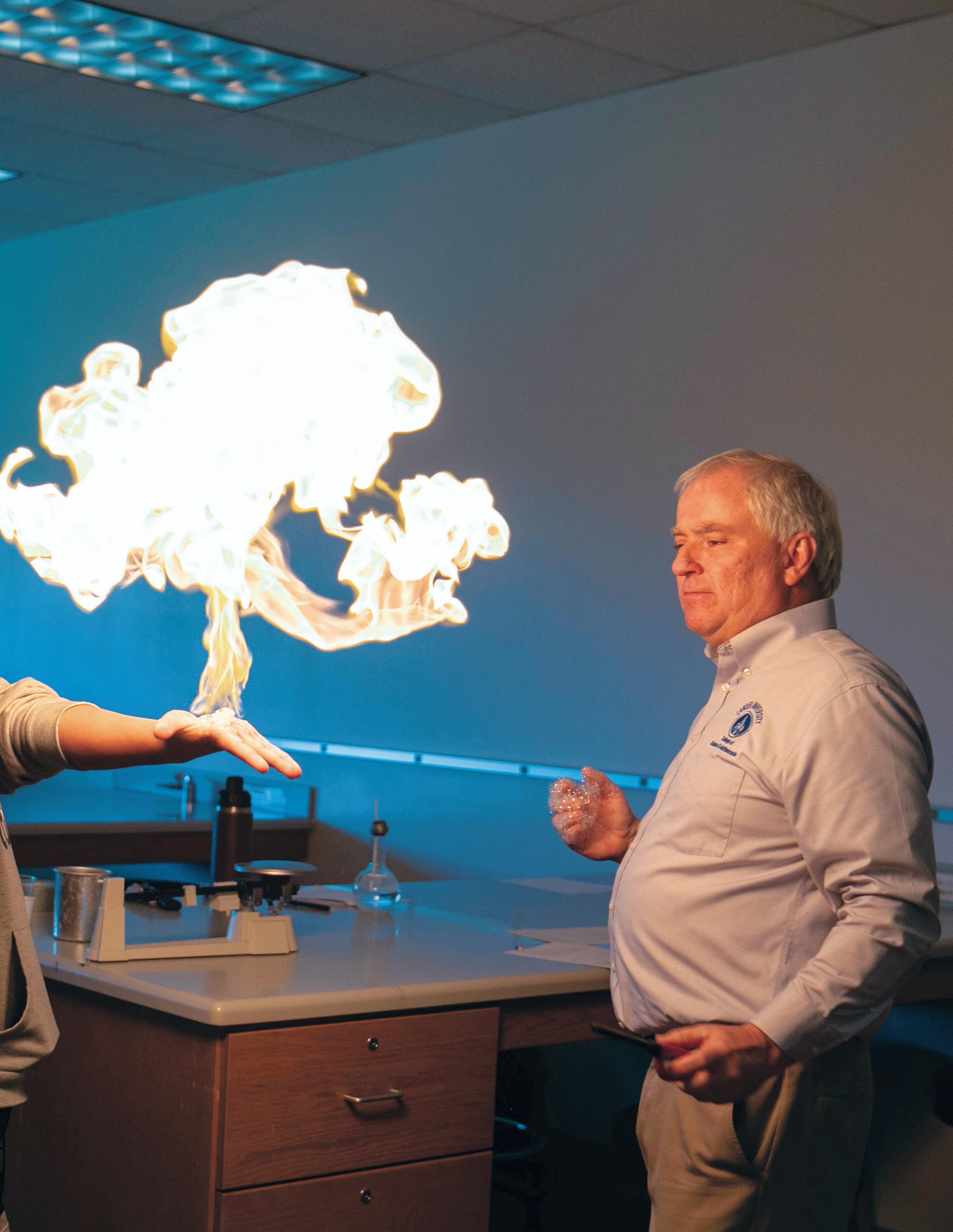

Provide a supportive environment that fosters academic excellence through a teacher-scholar model. This model ensures effective teaching, explorative and creative activities, research, and service to our community. Through strategic and philanthropic investments, these areas of focus ensure that Lander will always remain distinctive and relevant.
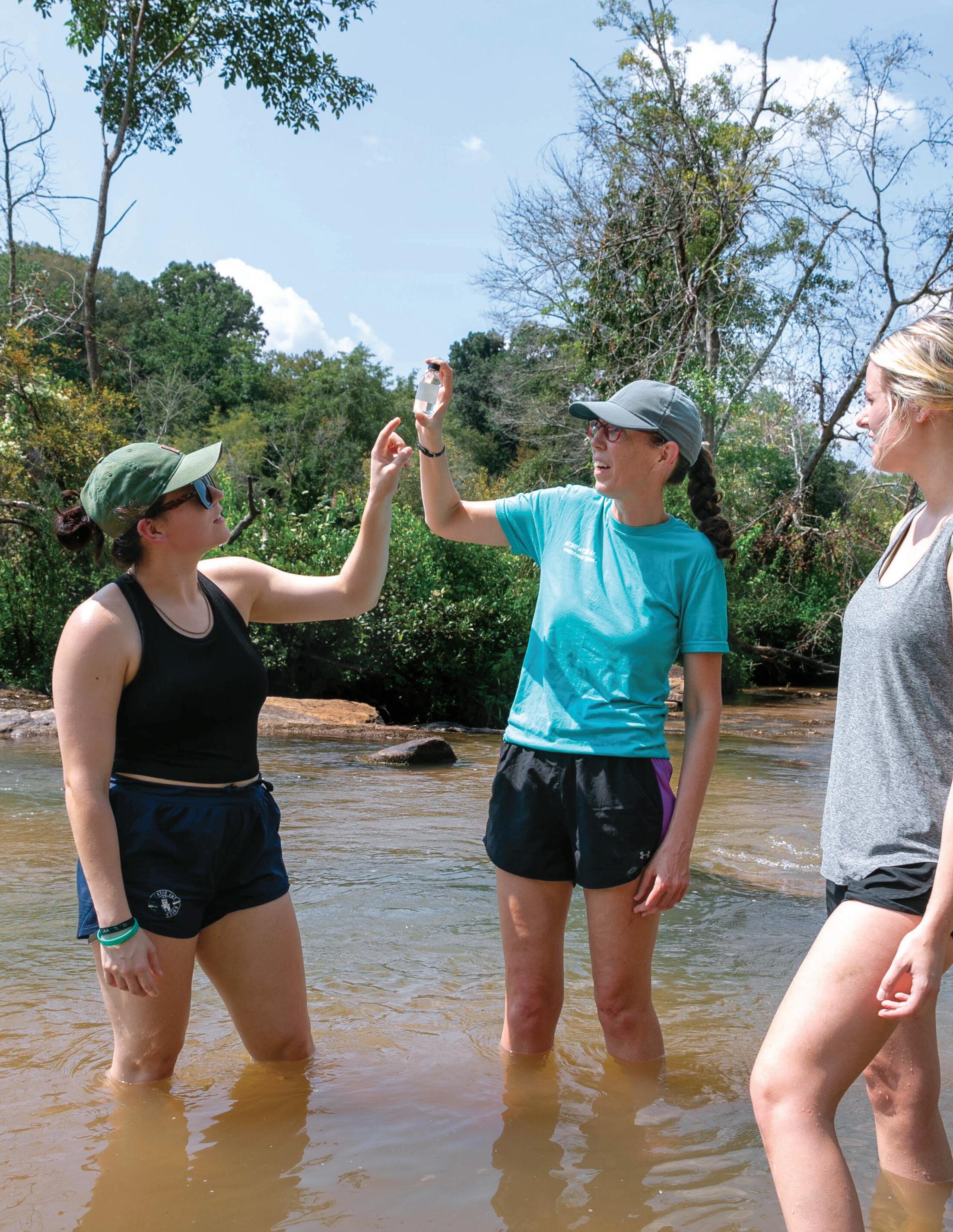
Create an educational environment that fosters forward progress of all Lander students, designed to achieve a measurable increase in retention and graduation rates.

Success is a journey, not a destination. By empowering our students with the resources they need at every stage of their Lander experience, we ensure they stay on track academically, graduate with valuable skills and step into the workforce with confidence.
STRATEGY 2.1
STRATEGY 2.2
Provide innovative holistic pathways to improve academic retention outcomes through scholarship and unrestricted philanthropic support..
Strengthen belonging with higher levels of engagement along student experience pathways.
STRATEGY 2.3 Enhance student navigation for 6-year graduation pathways.
Develop graduates who are broadly educated and prepared to continue their education or launch their careers as valuable, influential members of the workforce.
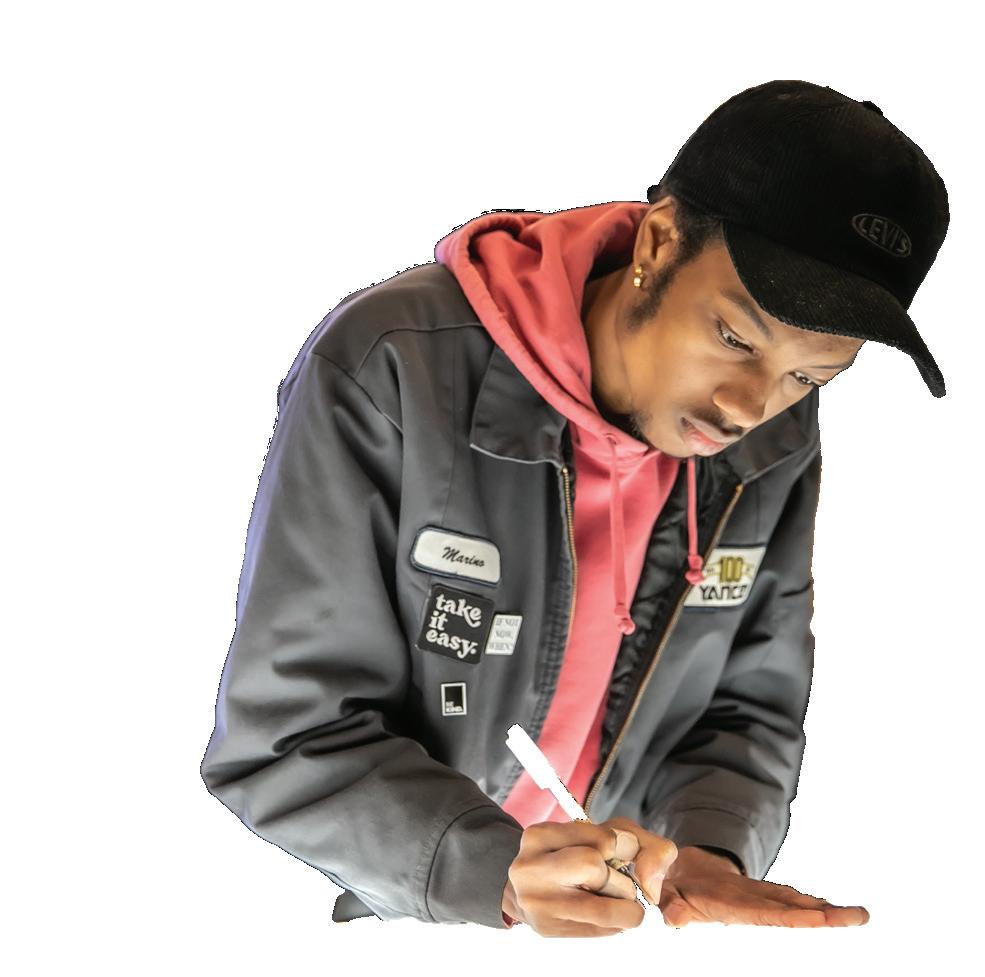
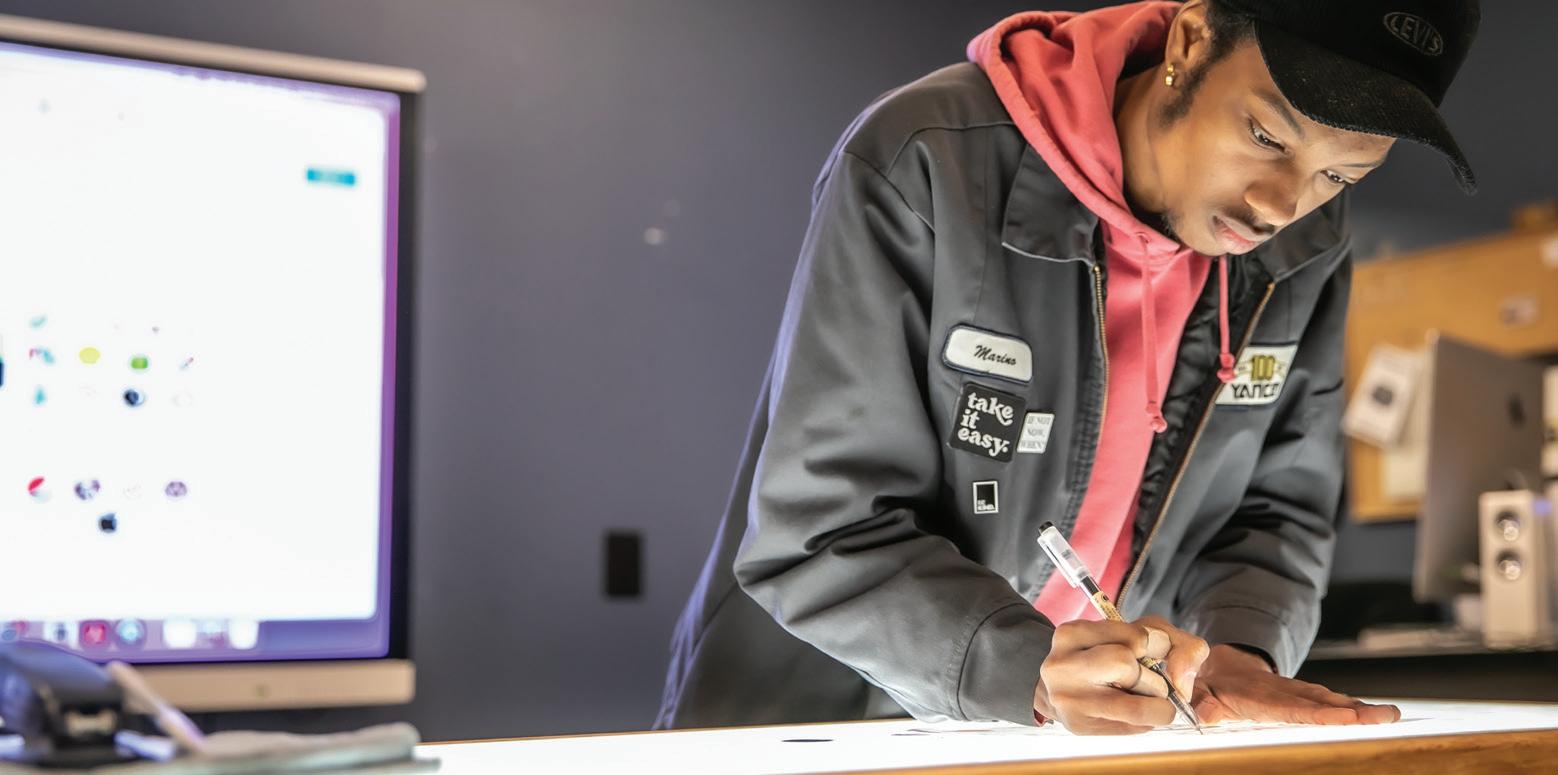
Successfully articulate the value of Lander University to faculty and staff, current students, future students, parents, alumni, donors, K-12 educators and elected officials.


Lander University’s value is reflected in the achievements of our students, the dedication of our faculty and staff, and the impact of our alumni. Sharing these stories in a meaningful way helps connect our community and inspires continued support from those who believe in the power of higher education.

STRATEGY 3.1 Hire an experienced executive to provide vision, strategy and oversight for all marketing and communications functions at the University.
STRATEGY 3.2 Establish and uphold a comprehensive brand identity system and standards of content creation.
STRATEGY 3.3 Raise the profile of Lander University across South Carolina and the Southeast.
STRATEGY 3.4 Implement data-driven marketing and analytics.
STRATEGY 3.5 Redesign lander.edu and conduct a university-wide content audit.
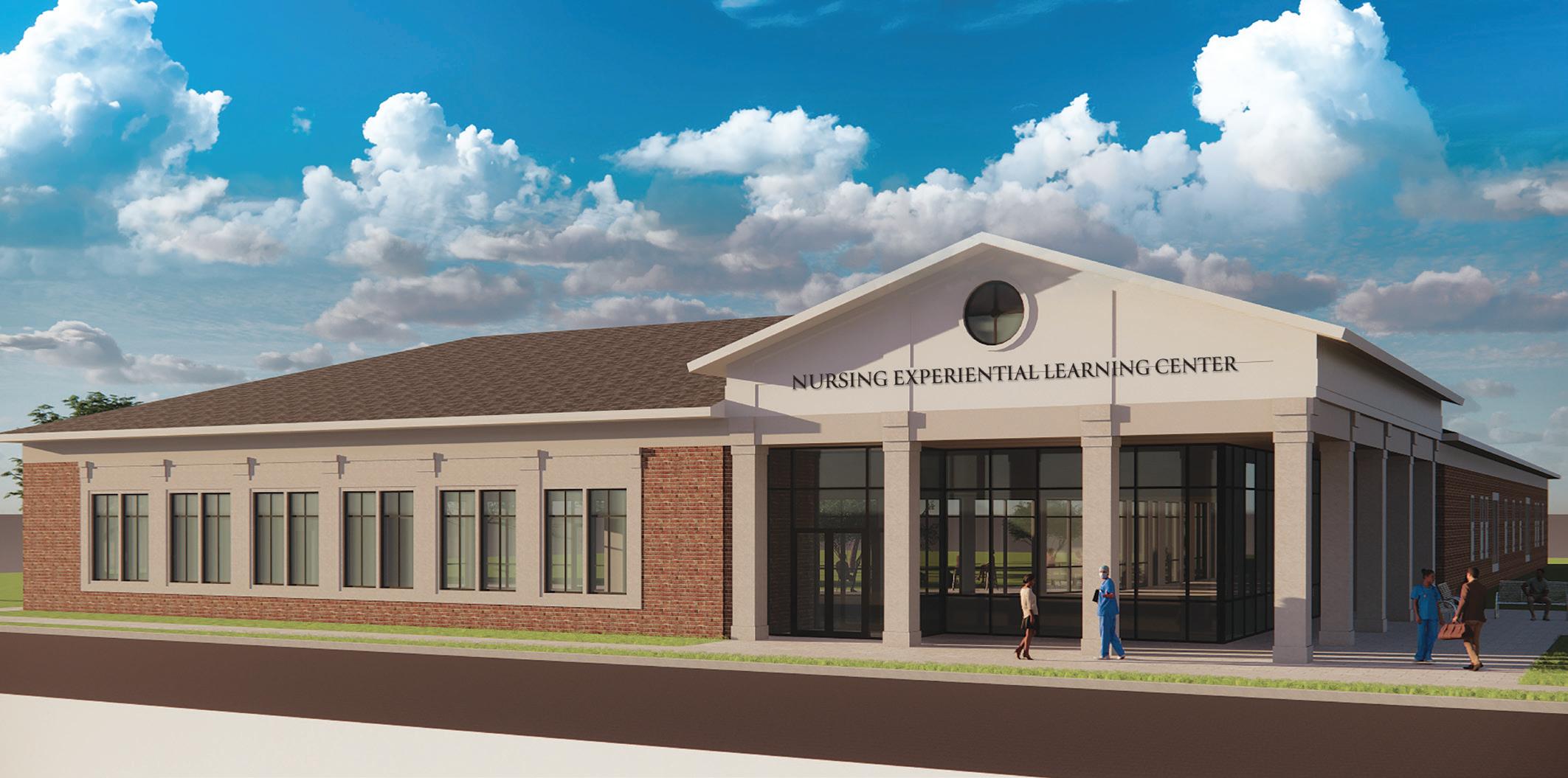

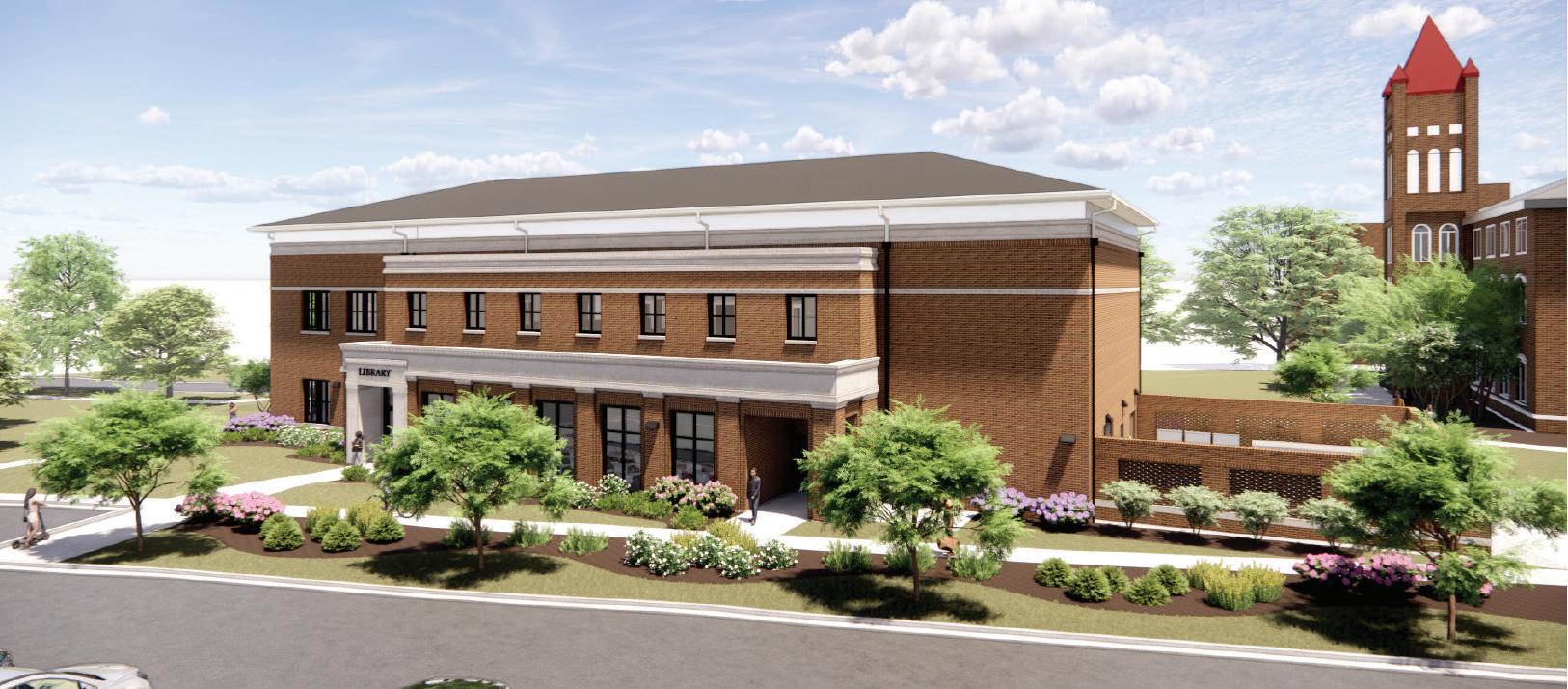
Utilize the talent and resources of the University to maximize the efficient use of facilities, financial resources and human capital to achieve Lander University’s mission.

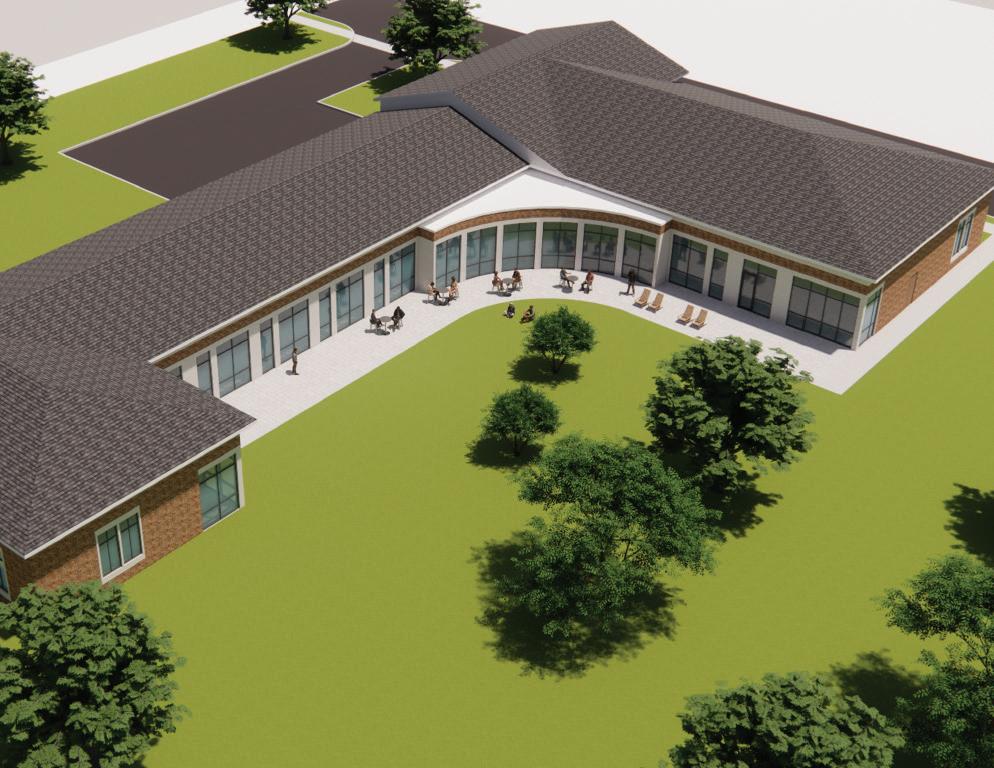
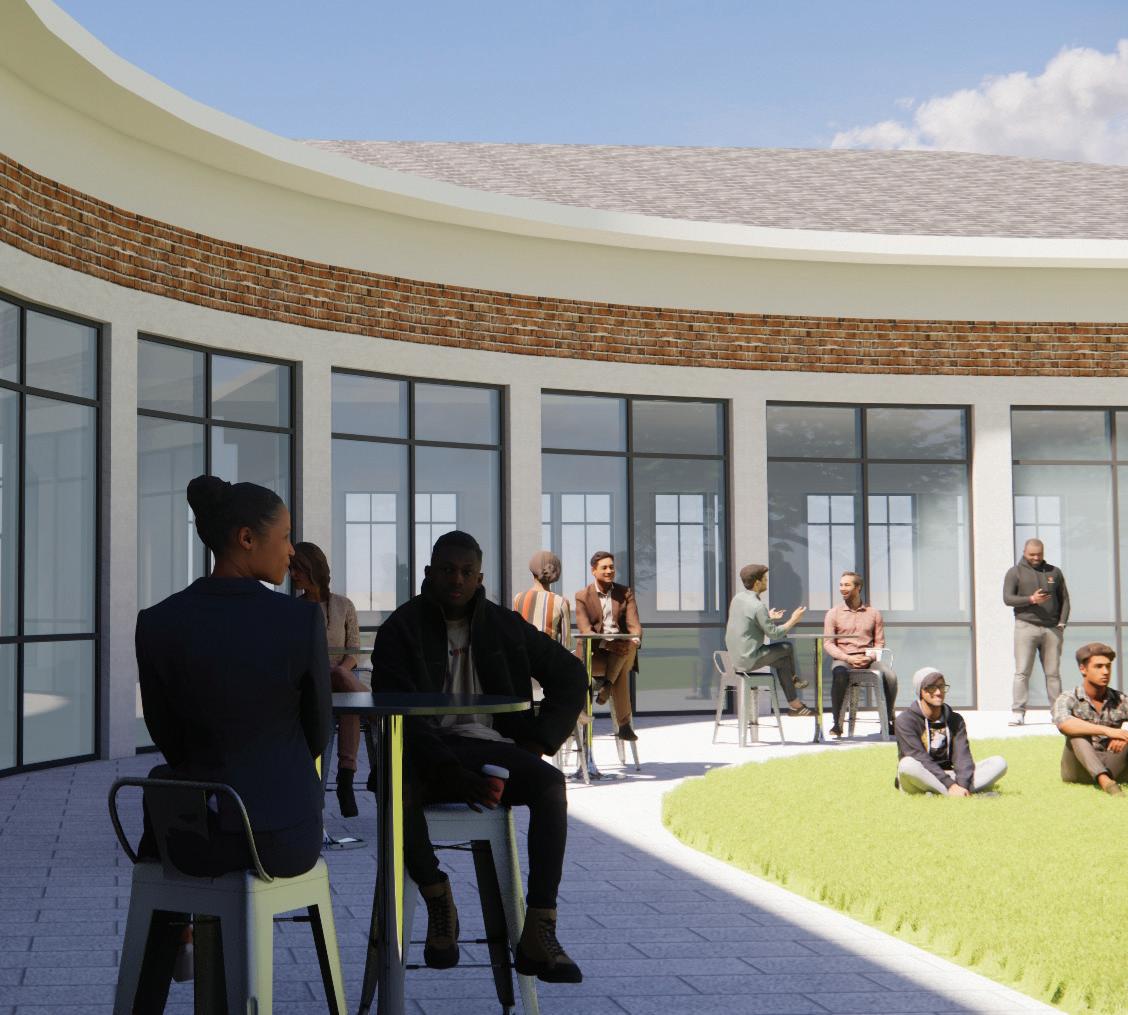
Constant evaluation and improvement are the cornerstones to excellence. By investing in our talent and optimizing our resources, we create an environment where every dollar, every square foot and every individual has a meaningful impact on our mission.
STRATEGY 4.1 Implement process reviews in key operational areas.
STRATEGY 4.2 Create an Innovation Grant Program for faculty and staff.
STRATEGY 4.3 Develop a robust professional development ecosystem.
STRATEGY 4.4 Launch a facilities and space optimization initiative.
STRATEGY 4.5 Strengthen budget transparency and resource alignment.
STRATEGY 4.6 Modernize and expand campus infrastructure.
Guided by its mission to address a serious challenge faced by higher education, the Institute is empowering South Carolina’s colleges and universities to stand united in creating campuses where every individual can feel safe, supported and respected.
STRATEGY 5.1 Strengthen collaboration among South Carolina colleges and universities through prevention.
STRATEGY 5.2 Establish a South Carolina Sexual Violence Prevention Grant for colleges and universities.
STRATEGY 5.3 Expand multi-tiered education and awareness of sexual violence.
STRATEGY 5.4 Develop an annual report to capture state-wide prevention efforts.
STRATEGY 5.5 Mobilize advocacy and support through an online presence.
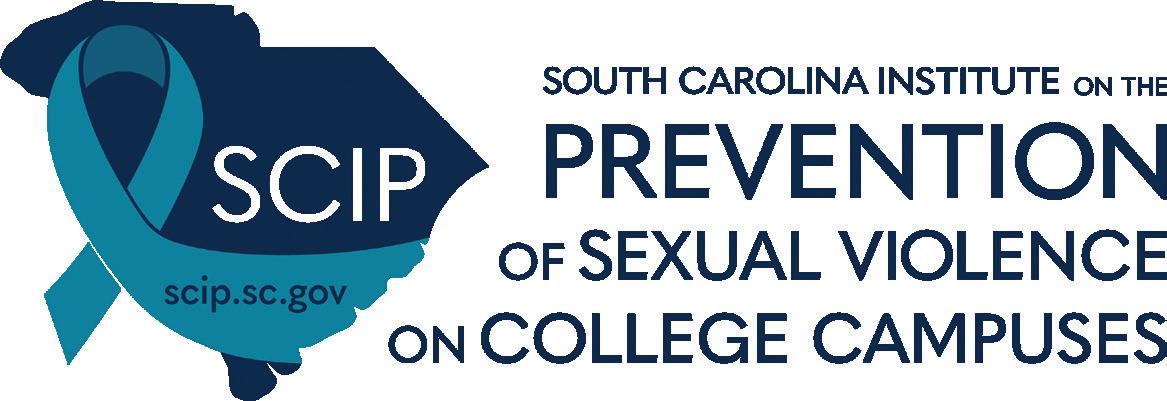

Develop and promote the South Carolina Institute on the Prevention of Sexual Violence on College Campuses to reduce the prevalence of interpersonal violence on college campuses Pillar


Develop a comprehensive data readiness framework that ensures high-quality, readily accessible data to support decision-making and comply with all external reporting requirements.
Data will be well-governed, interoperable and traceable, enabling advanced analytics, reliable reporting and operational efficiency.


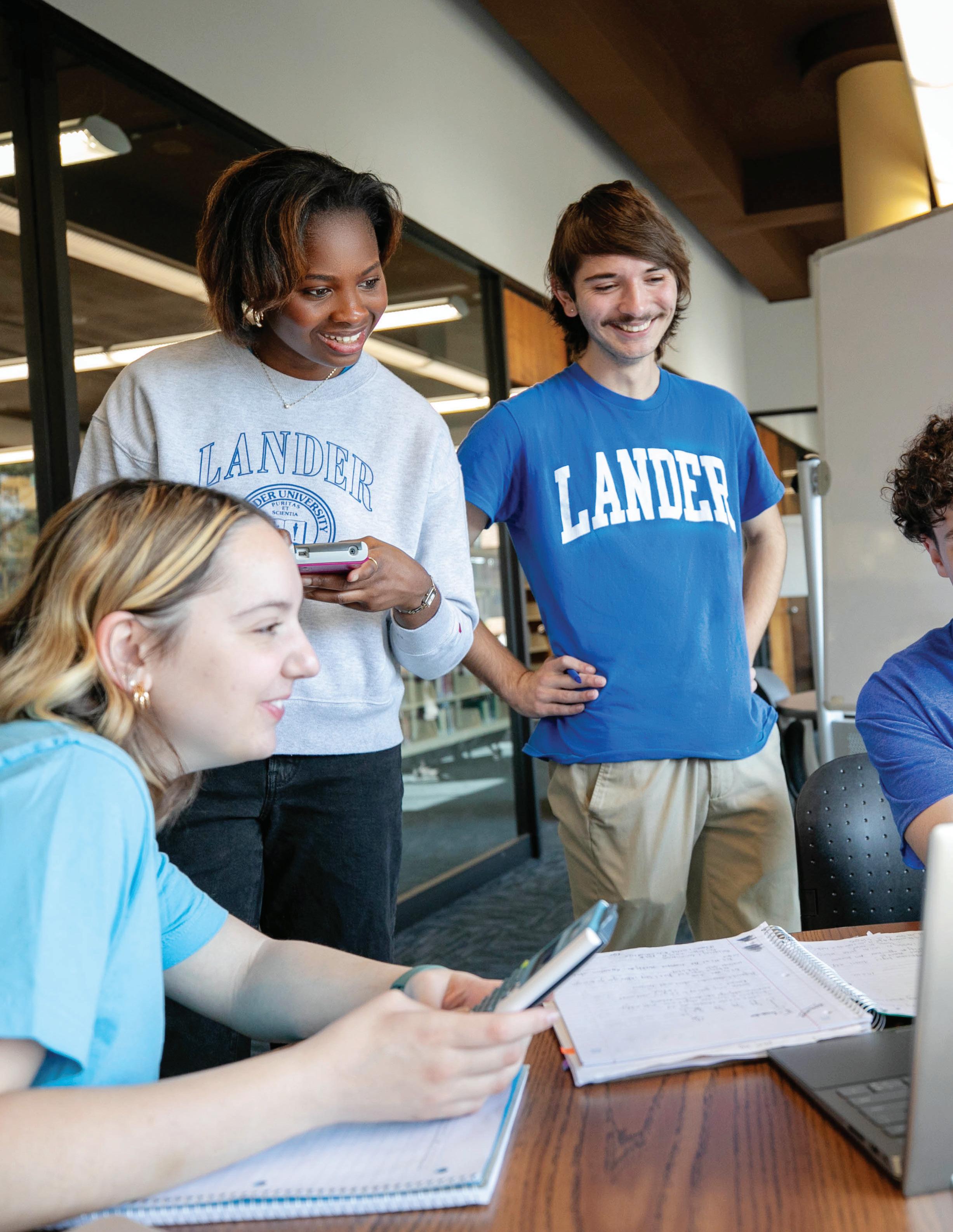

Data
is the foundation of informed decision-making, and Lander University is setting the standard for a powerful, comprehensive data readiness framework. When information is accessible, reliable and versatile, it becomes more than data — it becomes a catalyst for strategic decisions that drive the University’s success.
A comprehensive data readiness framework for a university should encompass the following key areas: Data Quality, Data Availability, Interoperability and Data Provenance.
STRATEGY 6.1
STRATEGY 6.2
Data Quality : Establish and maintain high-quality, accurate and consistent data across all University systems.
Data Availability : Ensure timely access to relevant data for authorized users across the University.
STRATEGY 6.3 Interoperability : Enable seamless data exchange and integration between different University systems and external partners.
STRATEGY 6.4


Data Provenance: Maintain comprehensive documentation of data sources, transformations and usage throughout its life cycle.